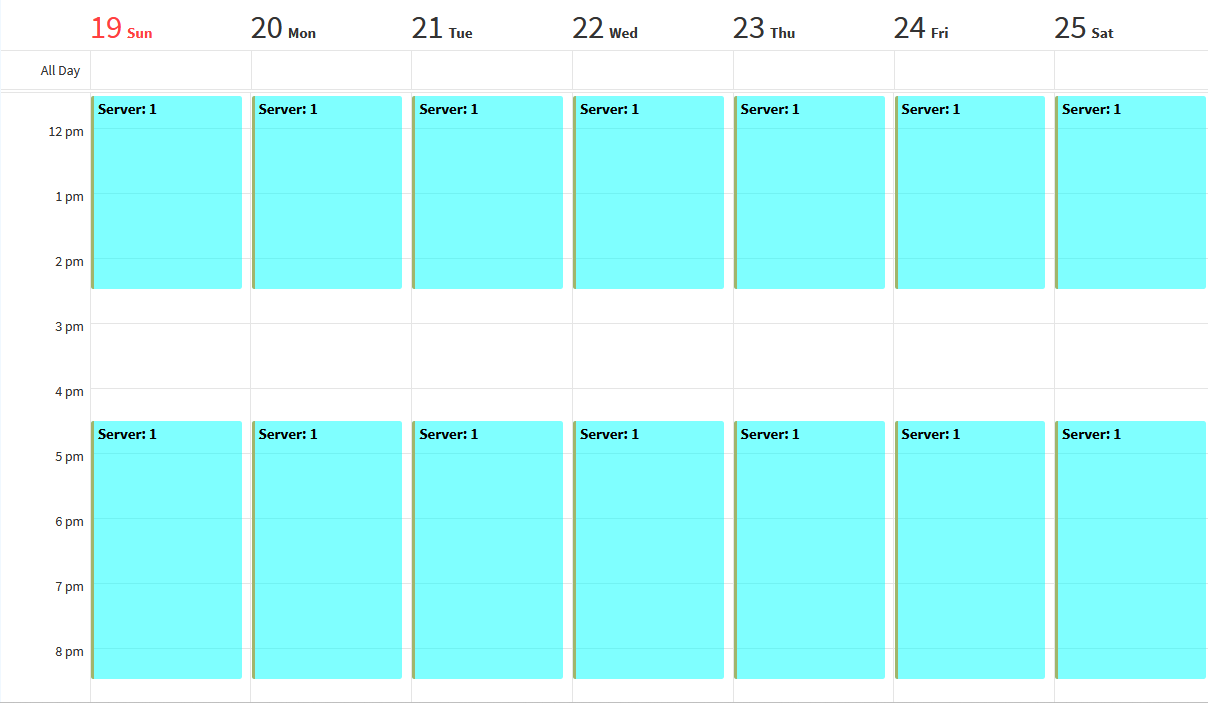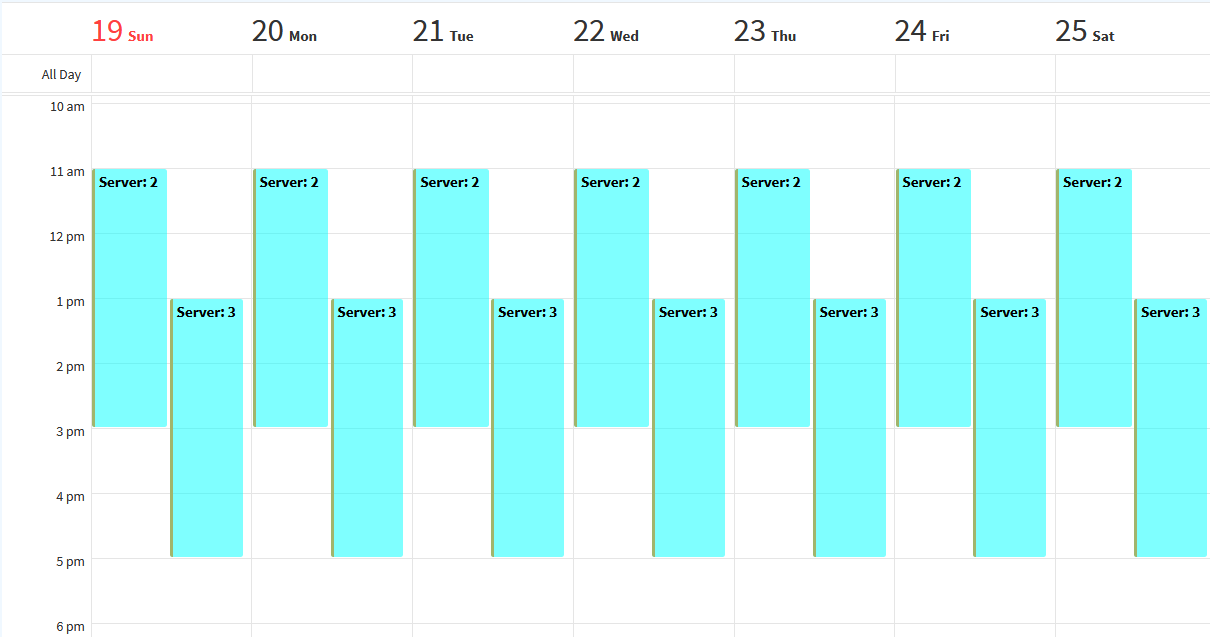Whether you’re in medicine, retail, or hospitality, demand for your services ebbs and flows throughout the day and throughout the week. Consequently, operators adjust their headcounts for shifts to account for demand variability.
There are many ways to structure your shifts to ensure sufficient headcounts. A popular approach is called split shifts, where the idea is to only schedule staff during busy periods throughout a day. For example, a restaurant might have short shifts based on meal times:
- 11:30am - 2:30pm - Lunch
- 4:30pm - 8:30pm - Dinner

Staff are not scheduled during the hours between lunch and dinner (2:30pm - 4:30pm), and therefore are not paid for those hours. The split in working hours from 2:30 to 4:30 would work for businesses that do not operate during that time.
While many operators schedule using split shifts as both cost-savings and staff flexibility measures, there are several drawbacks to this approach:
- Lost Demand - Demand for services is assumed to be 0 during non-working periods. Since these periods are unstaffed, all potential demand is lost.
- Staff Inconvenience: Additional Commute Costs and Time - Since staff are not paid during the split, they may have to commute back and forth to work on the same day. This adds additional expense to their commute as well as disruption to daily life. Ultimately, split shifts mean staff must commit more hours to work than they are paid.
- Navigating Complexities of Labor Laws - Certain jurisdictions, such as California and New York, have laws around split shifts involving additional staff pay. Sometimes split shifts still make sense, but in other cases they can introduce additional expenses and legal implications for employers.
An Alternative: Overlapping Shifts
In some situations, there’s an advantageous alternative to split shifts - overlapping shifts, where two or more shifts are staggered to increase headcount during peak times.
For example 7am-3pm and 12pm-8pm shifts. These shifts overlap from 12pm-3pm. If the headcount for the early shift is 2 people and 3 people for the later shift, then the total headcount for 12pm-3pm is 5 people.

Overlapping shifts address the pitfalls of split shifts we discussed above:
- Serving Demand throughout the day - Since shifts are full length shifts, there is no gap in service. Each hour of the day is staffed.
- Staff Quality of Life - In contrast to split shifts, overlapping shifts are not disruptive to staff. From the staff perspective, a team member is working one continuous shift.
- No split shift labor law complexity - Since shifts are full length, labor laws are less complex to navigate.
- Address peak demand periods - As seen above, overlapping shifts are a technique to vary your headcount. Specifically, we can increase headcount during high demand periods.
Overlapping shifts are certainly useful ways to schedule staff; however, like most things in life, they won’t work in every situation. Here are a couple situations in which overlapping shifts are not ideal:
- Demand is concentrated within limited hours - If demand is truly only within a few short periods per day, then full length shifts may not make sense.
- Dramatic Increases in Demand - If peak demand far exceeds that of shift headcounts added together, then an overlapping shift approach won’t be enough to meet the sharp increase in demand.
While there’s no one size fits all shift structure, overlapping shifts are a valuable approach that should be in your staff scheduling toolbox.